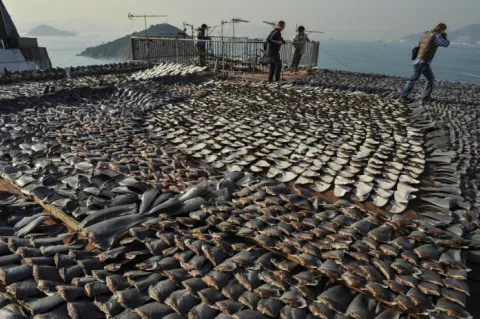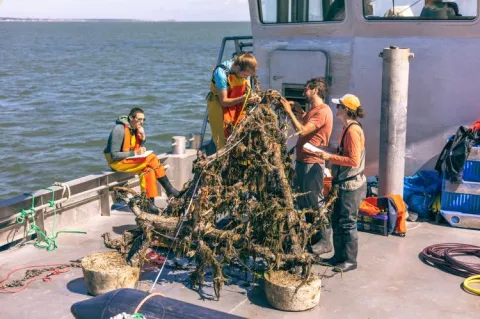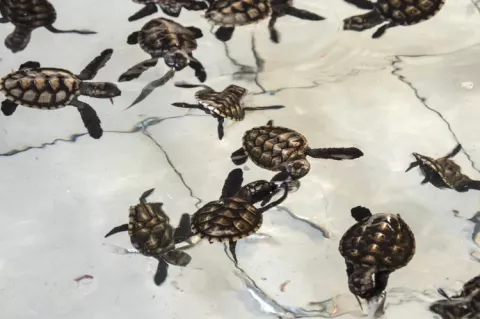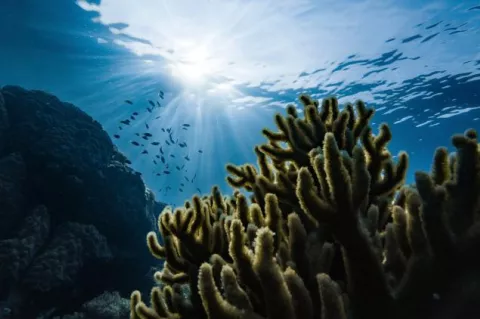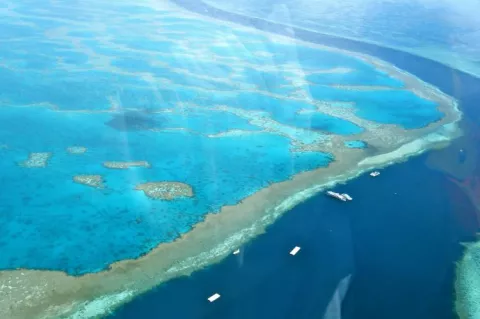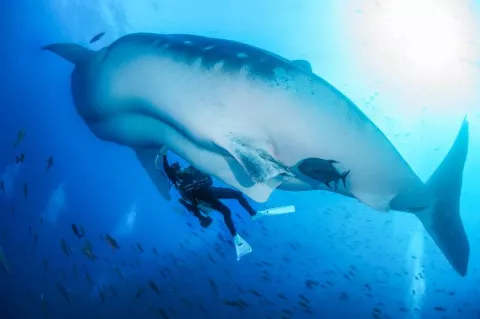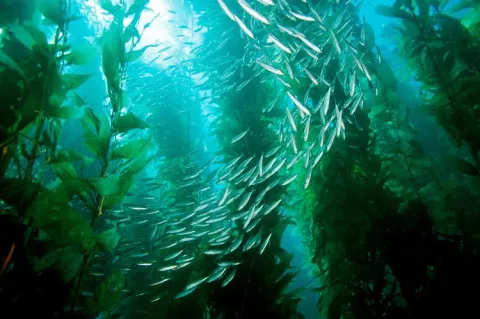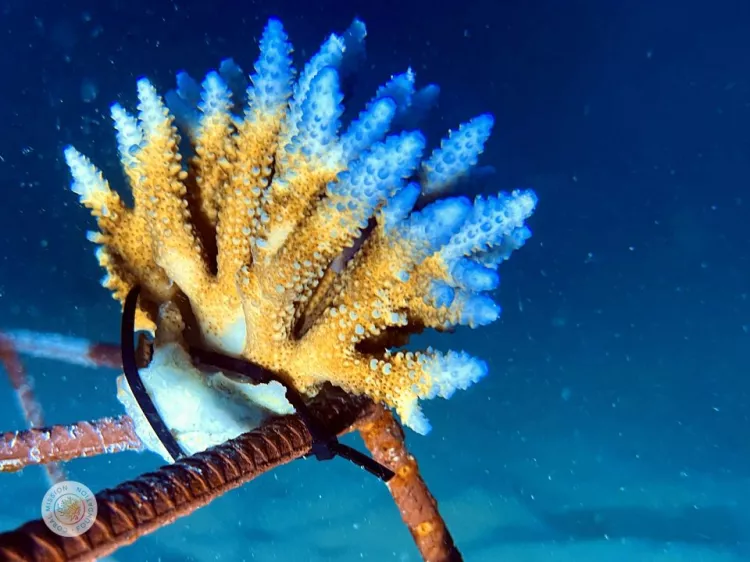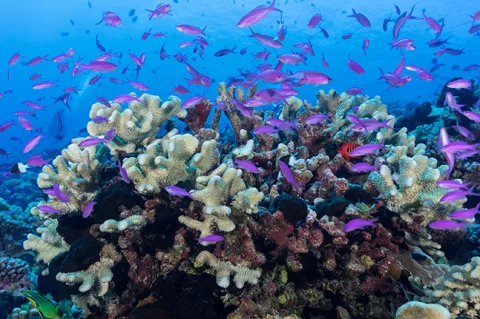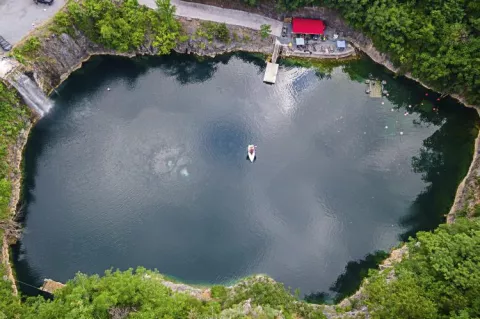Global challenges and evolving threats: A comprehensive analysis of shark fishing
The ancient group of marine predators, which first appeared in the fossil record 440 million years ago, are facing a critical juncture in their existence. Though they have been resilient to other mass extinctions, the current one is caused by decades of industrial overfishing along with the growing demands of the shark fin trade. It has put those shark and ray species accessible to fisheries at risk of extinction, with far-reaching consequences for ocean ecosystems.

